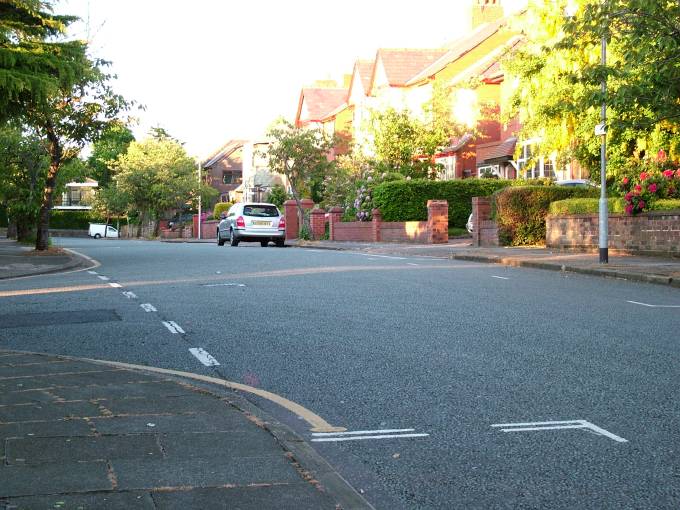

Gollancz responded on 4 January 1937, agreeing to the higher colonial royalties, but rejecting a higher advance for now - he will send a higher advance if the title is chosen for the Left Book Club. He also recommended that the contract should give Gollancz first right on Orwell's next three books. He also notes that they will need a new contract - fiction works were covered under the contract for A Clergyman's Daughter, but this is non-fiction and needs new terms.įive days later Moore wrote to accept most of the terms, but sought better returns on the colonial sales, and a higher advance. On Christmas Eve 1936 Gollancz wrote to Orwell offering terms of the proceeds for the ordinary edition, colonial sales, and a Left Book Club edition. Gollancz telegraphed asking to see Orwell immediately, and contacted various people for photographs of northern poverty which he could use to illustrate the book, with quite extensive correspondence on the subject here preserved. Moore says Orwell is soon to go to Spain (fighting for the republican cause in the civil war, his experiences in which he would later publish in Homage to Catalonia) and would like to hear from Gollancz soon. On 16 December Leonard Moore sent Gollancz the manuscript (unfortunately not preserved, as with Orwell's other books). He cannot confirm this yet, but "it sounds as if it might be just the book that we have been looking for". Gollancz replies in early November that he is looking forward to the book, and it might be considered for the Left Book Club, which would guarantee a large circulation and royalties.


Moore replies that the book is expected in December, and that Orwell has now titled it On the Road to Wigan Pier (the first word later dropped) and that he thinks it is "extraordinarily good". The archive of correspondence opens in late October 1936, with Gollancz asking Orwell's literary agent Leonard Moore how the book is coming along. Orwell spent the next few months in the region, writing a diary which formed the basis of the book, and worked on it for the rest of the year. Orwell's classic study of industrial poverty in the north of England remains in print today, and is among the most esteemed and best-known of his non-fiction books.Īfter Orwell finished Keep the Aspidistra Flying in January 1936, Gollancz - a prominent left-wing publishing house - commissioned him to write a book about the condition of the working class and the unemployed in the north of England, and offered him a 500 advance. Victor Gollancz's archived correspondence regarding the publication of George Orwell's The Road to Wigan Pier, including the original contract for the work.


 0 kommentar(er)
0 kommentar(er)
